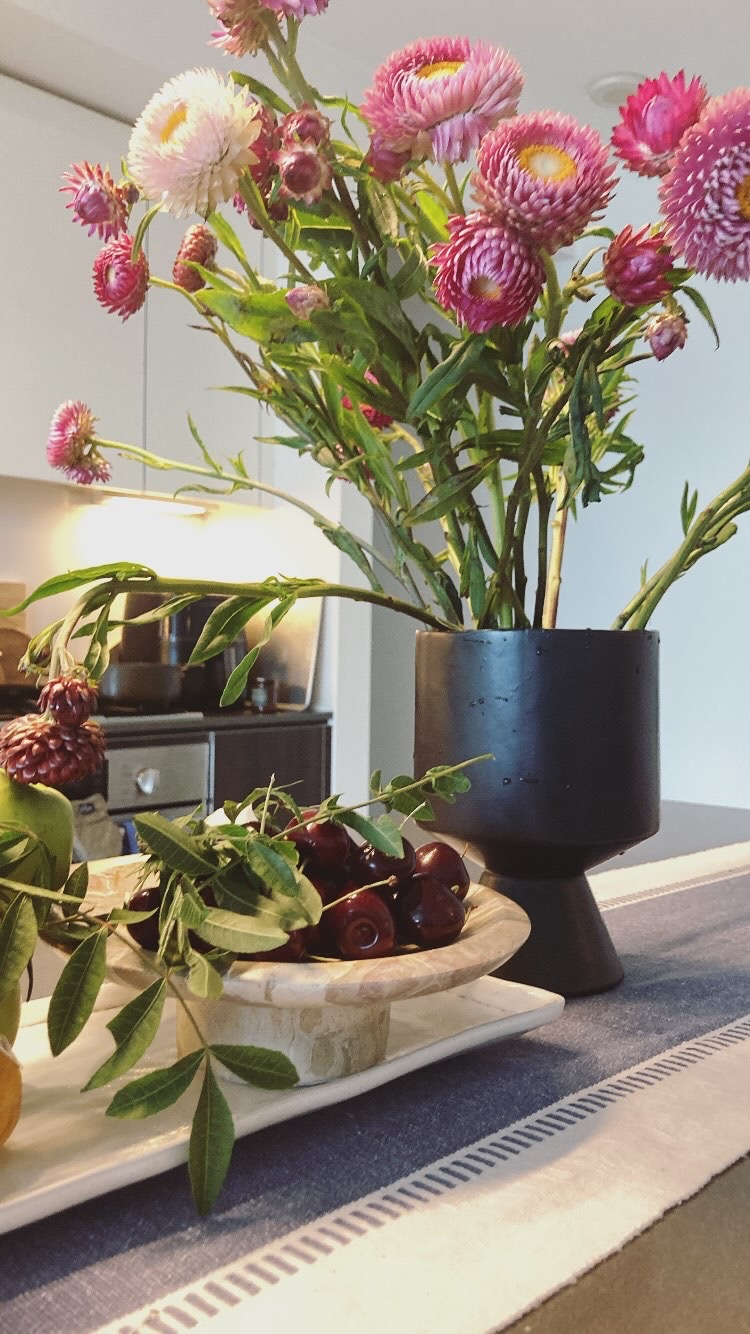“No one sees trees. We see fruits, we see nuts, we see wood, we see shade. We see ornaments or pretty fall foliage. Obstacles blocking the road or wrecking the ski slope. Dark, threatening places that must be cleared. We see branches about to crush our roof. We see a cash crop. But trees—trees are invisible.”
— The Overstory by Richard Powers
I read this on the plane, after nearly three months back in Asia, where I’ve re-encountered the pressures of Materialism culture and the weight of social hierarchy.
It starts with reconnecting with some old and new friends. A simple and genuine“hey, how are you doing?” seems anything but simple or genuine.
At first, there’s their initial confusion at my question, followed by a subtle, growing defensiveness, until, inevitably, I’m hearing some grandiose story of “success” in a specific Asian way—humbly-bragging.
(they don't show me their GitHub here; they show me their houses:)
Perhaps, you already know where I am going with this. I am curious what’s carefully wrapped in these “success” stories, who the intended audience is, who they want to impress (or project upon), what show they are putting on? Do they know they are doing it?
And, who are the people truly see them?
The people who are watching us, the ones really holding a gentle space for us—they don’t care much about our “success,” the show we are putting on, the public persona we are maintaining. They see past the performance, they see through our false self to the very core of our humanity.
The fragile and vulnerable parts in us. The parts we dread facing. The parts that society subtly labels as “weak,” “useless,” “unworthy.”
I wonder, who are those people for my old friends?
And when is last time we truly see a tree?

